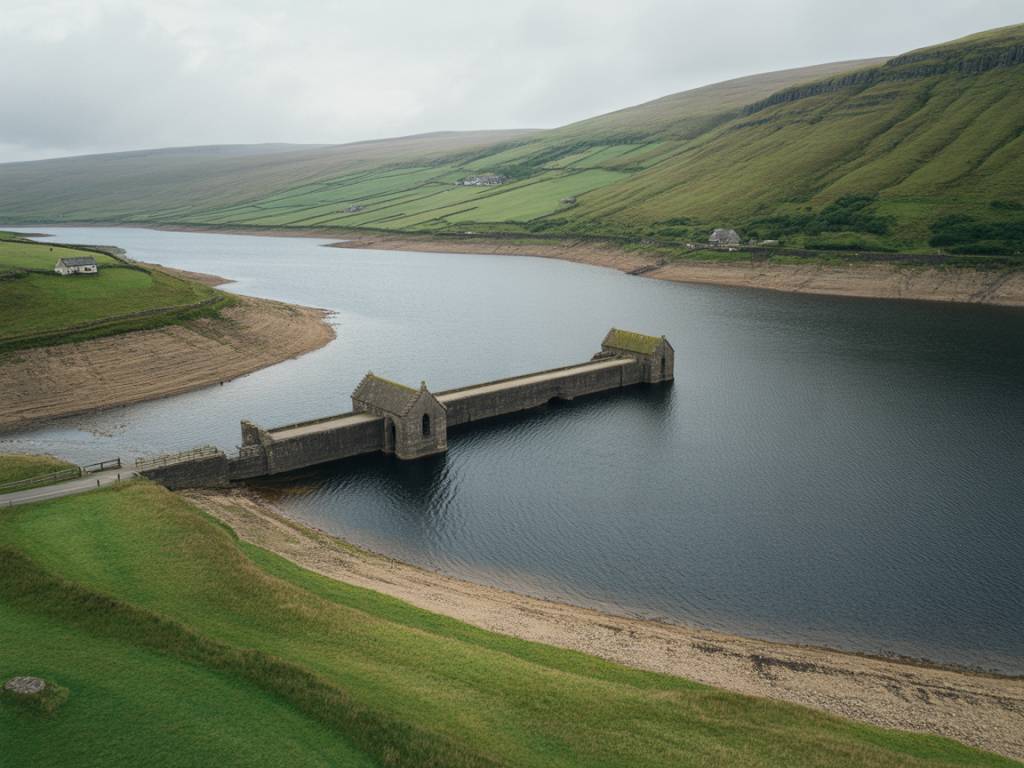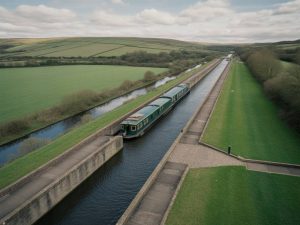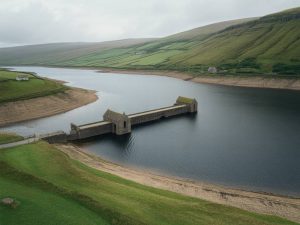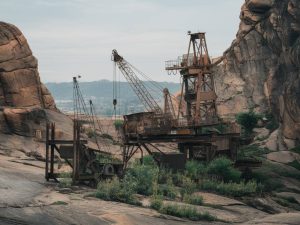The lost villages beneath Welsh reservoirs: history submerged

The lost villages beneath Welsh reservoirs: history submerged
The Hidden Heritage of Submerged Welsh Villages
Wales, with its sweeping landscapes and deep ties to Celtic culture, holds a complex history beneath the surface—sometimes quite literally. Scattered across the Welsh countryside are reservoirs that quietly cover the remnants of entire villages, submerged during the 19th and 20th centuries to support the growing water needs of urban centres such as Liverpool and Birmingham. These lost villages beneath Welsh reservoirs are silent memorials to communities uprooted, often against their will, in the name of progress.
This article explores the fascinating history behind these drowned Welsh villages, the political tensions that accompanied their flooding, and how modern tourism is reconnecting people with a submerged past. By uncovering the stories beneath the water, we return voice to the people who once called these valleys home. Keywords such as lost Welsh villages, Welsh reservoirs history, and submerged communities make this exploration not only a historical account but a resource for curious travellers and researchers alike.
Capel Celyn and the Creation of Llyn Celyn
One of the most prominent and politically charged examples of submerged Welsh villages is Capel Celyn, nestled in the Tryweryn Valley. In the early 1960s, the village was chosen to be flooded to create Llyn Celyn reservoir, primarily to supply water to Liverpool and the Wirral, over 70 miles away in England.
What made Capel Celyn exceptional was that it was one of the last Welsh-only speaking communities, rich in cultural and linguistic heritage. The village included a post office, school, chapels, and farms—homes to around 60 people. Despite nearly unanimous opposition from Welsh Members of Parliament, the project moved forward following the passage of the Liverpool Corporation Act 1957. The backlash was significant, sparking a wave of Welsh nationalism and a long-lasting sense of injustice that still resonates today.
When flooding began in 1965, twelve houses, a school, and the chapel were permanently buried beneath water. Today, during periods of drought, remnants of the village occasionally reappear, drawing curious tourists and descendants of former residents to what is now a site of remembrance and quiet resistance.
Llanwddyn and Lake Vyrnwy
More than 75 years before Capel Celyn, another village was sacrificed for the growing needs of industrial Britain. The mid-Wales village of Llanwddyn was flooded in the 1880s to create Lake Vyrnwy Reservoir, a sprawling body of water designed to supply Liverpool as well.
Llanwddyn was a small rural community situated in the Vyrnwy Valley, and its destruction signified not just a geographical change but also a social shift. Residents were relocated to newly built housing on the shore of the reservoir. The Victorian dam that created Lake Vyrnwy was considered an engineering marvel of its day and remains a significant attraction for visitors to the region. However, beneath its scenic beauty lies the poignant story of an uprooted community.
Unlike Capel Celyn, the displacement of Llanwddyn was met with less political opposition due to the limited local power structures of the era. Still, its history is preserved in stories, archival photographs, and in the underwater ruins detectable via sonar studies and drone photography during periods of low water levels.
Nant Gwys and the Cray Reservoir
The Cray Reservoir, located in the Brecon Beacons National Park, also carries a lesser-known story of rural loss. The reservoir was constructed between 1898 and 1908 to supply water to the burgeoning city of Swansea. The valley that became the Cray Reservoir included the hamlet of Nant Gwys, along with multiple farms and a small chapel.
While not as well documented as Capel Celyn or Llanwddyn, the remains of stone walls and building foundations become visible during periods of drought, drawing history enthusiasts and hikers looking to connect with long-lost communities. This reservoir, like others, formed part of the broader project of industrial modernisation in Wales during the late 19th and early 20th centuries.
A Pattern Repeated: The Politics of Water Acquisition
The decision to flood Welsh valleys to meet England’s water demands was rarely a collaborative one. These reservoir projects often proceeded with minimal input from local Welsh communities and limited environmental considerations. The implications were significant, not only for the residents who had to leave but also for Welsh cultural identity, language preservation, and public trust in governance.
This pattern was repeated across the country, from the Elan Valley to the Talybont Reservoir, and each project left its mark. These decisions exemplify how natural resources were often redirected without equitable benefit to the areas that made the sacrifices.
Modern Echoes: Droughts and Archaeology
Recent summers, affected by climate change and lower rainfall, have brought about drought conditions that cause reservoirs across Wales to shrink. When water levels recede, the skeletons of submerged Welsh villages re-emerge, sometimes revealing cobbled streets, gateposts, and house foundations that have lain hidden for decades.
These events attract not only tourists but also archaeologists and historians seeking to document the fleeting reappearance of lost landscapes. Drones and 3D mapping technologies are increasingly used to archive these moments, allowing for a deeper understanding of community life before inundation. Digital reconstructions also help bring stories back to life, offering younger generations a chance to connect with a largely forgotten chapter of Welsh life.
Tourism and Memory: Visiting the Reservoirs Today
Today, sites like Llyn Celyn, Lake Vyrnwy, and Cray Reservoir have become popular destinations for nature lovers, historians, and those drawn to stories of lost heritage. The reservoirs offer excellent amenities for walking, cycling, kayaking, and photography, but they also serve as powerful open-air museums where landscapes have been permanently altered by socio-political decisions.
In addition to their natural splendour, the reservoirs invite reflection on local identity, the resilience of Welsh communities, and the value of historical preservation. Many visitors pair their journeys with stops at local museums or memorials such as the Tryweryn Memorial Chapel, relocated stone by stone to honour the village it once served.
- Public footpaths around Llyn Celyn provide views of submerged ruins when water levels drop.
- Lake Vyrnwy offers a visitor centre with historical exhibits and guided walks.
- Seasonal archaeological tours are sometimes available during particularly dry months.
These destinations bridge the gap between history and the present, blending scenic beauty with cultural depth. As more people seek meaningful travel experiences, the submerged villages of Wales offer a compelling intersection of memory, environment, and identity—silently reminding us of the true cost of modern water infrastructure.





